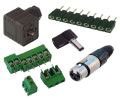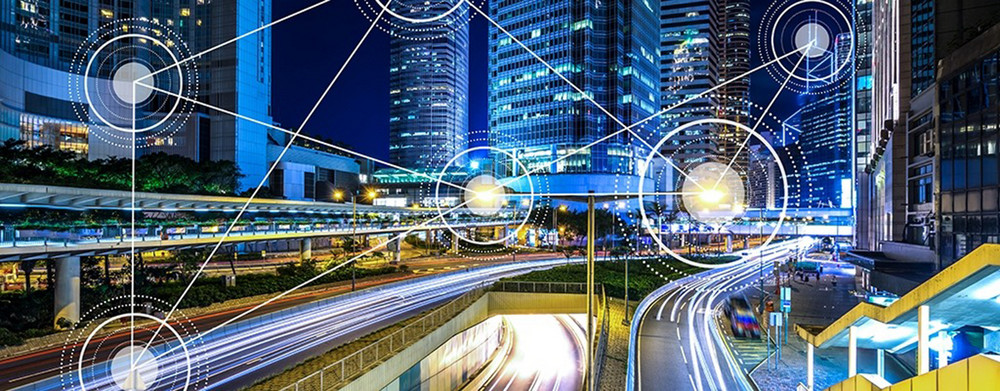
Several independent studies show that up to 50% of cities' electricity costs are spent on public lighting. This financial consumption will be improved by the transition to LED technologies, which should be the standard for public lighting around 2027. However, this is only the first step towards significant improvement if we seize the opportunity. If we used smart LED technologies in public lighting, the electricity bill would fall by 85%.
Using the light only where it’s needed is intelligent
This massive financial saving is, of course, possible thanks to the very detailed possibilities of controlling the public lighting by the operator. This could activate/deactivate the lighting according to the current traffic situation, pedestrian movement, and many other factors. To put it very simply, light would be used only where it is necessary.
Intelligent public lighting, of course, will not be a solution with manual control. The system can process a lot of incoming data from the traffic situation to whether a cultural event is taking place in the city, and thus the public lighting will be adjusted accordingly at the level of light intensity adjustment.
The public lighting network could be managed in logical groups or also at the level of individual lamps. Currently, the revision of lighting is still done in an outdated way of control at certain intervals. As a result of this, service technicians may get to malfunctioning lighting months after the outage; if the outage is more massive, the repair may get extended due to the lack of material. In case of smart public lighting, the technician checks the lighting status in real time and can react immediately by sending a service patrol.
A consortium that sets the direction
Intelligent smart lighting functions are no longer conditioned by the hardware itself; the more important thing is to get smart features in the hardware. The Zhaga consortium, which now has more than 150 permanent, associate and community members, has been working intensively on this issue since 2010.
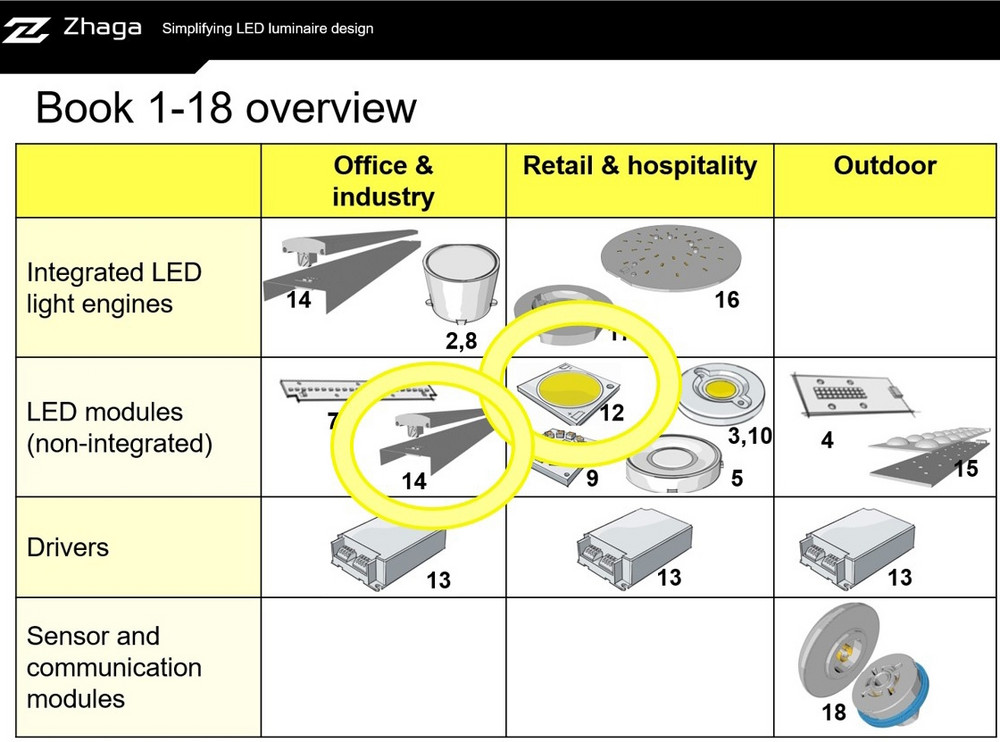
The result of expert works is a set of specifications for interfaces known as Zhaga books, which define the interfaces between components and their surroundings.
Every book defines one or more components of the LED light in terms of mechanical, photometric, electrical, thermal and control interface to its surroundings.
Book 18 is particularly interesting for smart cities, as it discusses outdoor LED lighting functionality that creates opportunities for IoT applications and for smart city environments.
The latest books also cover lighting programming with NFC, for example.
Let’s take care of the environment. We need it.
Public lighting is also called the city's nervous system. Hundreds of millions of active streetlights worldwide consume up to 19% of global electricity consumption. This also results in an excessive CO2 production, which significantly exceeds the set limits. If there is no change, CO2 production from electricity will even increase. According to the UN, up to 68% of the population will live in cities by 2050.
Artificial lighting does not only affect the environment through the production of CO2 in electricity production. Artificial light affects the production of melatonin, a sleep hormone that affects the mammals’ circadian rhythm. This topic is very broad, but in brief we can say that the artificial light suppresses the production of melatonin, which affects the behavior of animals, so it can affect food search, orientation, predator-prey interaction, or reproduction. Behavioral changes can be so fundamental that they can lead to catastrophic ecological changes, such as the extinction of some species.
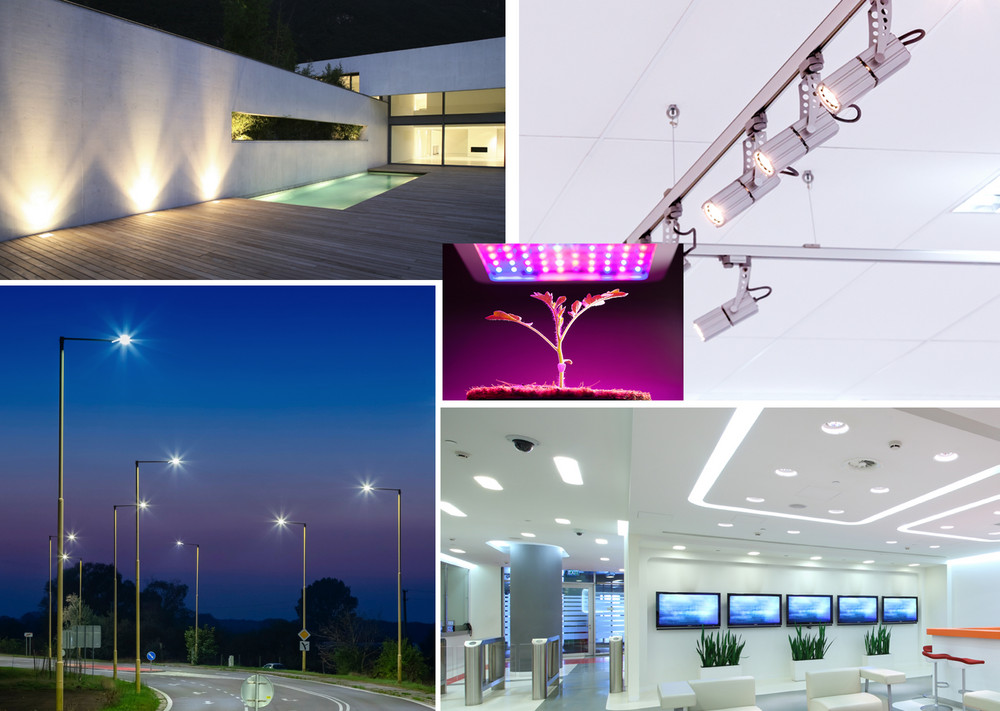
Smart lighting is usually the first solution for home enthusiasts. While smart lights at the individual level offer more entertainment, at the city level it can be about building an intranet network that moves the city forward. Smart LED technologies can have a relatively large number of built-in sensors, which can monitor the weather, CO2 level, traffic status, they can be equipped with a camera system, but mainly, they can create micro-networks, for example using Wi-Fi modules.
Lamp as a communication point
The connector system from the LUMAWISE Endurance S series from TE Connectivity is already available.
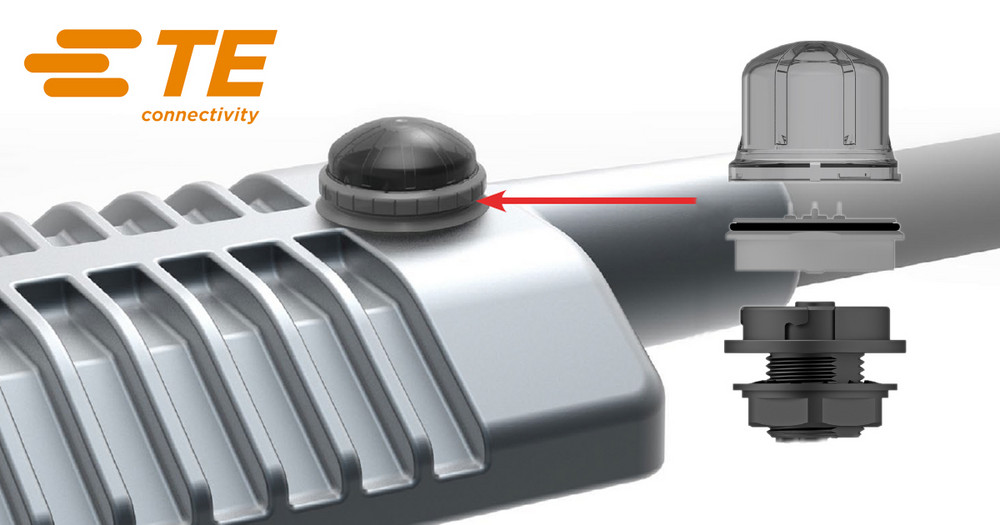
In addition to the fact that gathering information will again help with smarter city lighting, we can, for example, influence CO2 levels by dispersing or redirecting traffic. Networks for IoT infrastructure, which can be built thanks to smart lighting also help to expand electromobility through car sharing.
Cars do not necessarily have to be connected to the Internet. A connection to the local network suffices. Those interested in renting an electric car have a real-time overview of the nearest electric car and the condition of the battery in the rental application.
There are many ways to use smart lighting within smart cities. They can enrich the entertainment industry, but they can also help the rescue forces to intervene or improve the quality of everyday life, which goes hand in hand with better health not only at the company level but also at the individual level.
If you are interested in news from the world of technology and you like to write inspirational articles, become our editor. Reach out to us at marketing@soselectronic.com and join our team.
Do you like our articles? Do not miss any of them! You do not have to worry about anything, we will arrange delivery to you.




















